Dynamic pricing is a pricing strategy that allows businesses to adjust the prices of their products or services in real-time based on various factors. This approach contrasts with traditional pricing models, where prices remain fixed for extended periods. The concept of dynamic pricing has gained significant traction in recent years, particularly with the rise of e-commerce and advanced data analytics.
It is prevalent in industries such as travel, hospitality, and retail, where demand fluctuates frequently. At its core, dynamic pricing leverages algorithms and data analysis to determine optimal pricing points. Factors influencing these adjustments can include demand levels, competitor pricing, time of day, seasonality, and even customer behaviour.
For instance, airlines often employ dynamic pricing to maximise revenue; ticket prices can vary dramatically based on how close the purchase date is to the flight date, the number of seats remaining, and the overall demand for that particular route. This fluidity in pricing allows companies to respond swiftly to market changes and consumer behaviour, ultimately aiming to enhance profitability.
Summary
- Dynamic pricing is the practice of adjusting prices in real-time based on market demand, competitor pricing, and other external factors.
- Dynamic pricing works by using algorithms and data analysis to set prices that maximise revenue and profit.
- The benefits of dynamic pricing include increased revenue, better inventory management, and the ability to respond to market changes quickly.
- Drawbacks of dynamic pricing include potential customer backlash, complexity in implementation, and the risk of price wars with competitors.
- Dynamic pricing strategies include time-based pricing, demand-based pricing, and personalised pricing to cater to different customer segments.
How Dynamic Pricing Works
The mechanics of dynamic pricing involve sophisticated algorithms that analyse vast amounts of data to make informed pricing decisions. These algorithms consider historical sales data, current market trends, and competitor pricing strategies. For example, a hotel might use dynamic pricing to adjust room rates based on occupancy levels; if a hotel is nearing full capacity for a particular weekend, the algorithm may increase prices to capitalise on the high demand.
Conversely, if occupancy is low, prices may be lowered to attract more guests. Moreover, dynamic pricing can be influenced by external factors such as economic conditions or events. During peak seasons or major events, businesses may increase prices significantly due to heightened demand.
Conversely, during off-peak times, they may offer discounts or promotions to stimulate sales. The ability to adjust prices in real-time allows businesses to remain competitive and responsive to market conditions, ensuring they can optimise revenue while meeting customer needs.
Benefits of Dynamic Pricing

One of the primary benefits of dynamic pricing is its potential to maximise revenue. By adjusting prices based on real-time demand and market conditions, businesses can capture consumer surplus—charging higher prices when demand is strong and lowering them when demand wanes. This flexibility can lead to increased sales and improved profit margins.
For instance, ride-sharing companies like Uber utilise dynamic pricing during peak hours, allowing them to charge higher fares when demand surges. Additionally, dynamic pricing can enhance inventory management. By analysing sales patterns and adjusting prices accordingly, businesses can better manage their stock levels.
For example, a retailer may lower prices on items that are not selling well to clear inventory before new stock arrives. This strategy not only helps in maintaining cash flow but also reduces the risk of overstocking and associated costs.
Drawbacks of Dynamic Pricing
Despite its advantages, dynamic pricing is not without its challenges. One significant drawback is the potential for customer dissatisfaction. Frequent price changes can lead to confusion and frustration among consumers who may feel they are being treated unfairly.
For instance, if a customer books a flight only to find that the price has dropped shortly after their purchase, they may feel cheated and lose trust in the airline’s pricing practices. Moreover, implementing dynamic pricing requires sophisticated technology and data analytics capabilities. Smaller businesses may struggle to adopt such systems due to the costs associated with technology investment and data management.
Additionally, there is a risk of alienating customers who prefer transparency in pricing. If consumers perceive that prices are being manipulated unfairly or without clear justification, it could damage brand loyalty and reputation.
Dynamic Pricing Strategies
There are several strategies that businesses can employ when implementing dynamic pricing. One common approach is time-based pricing, where prices fluctuate based on the time of day or season. For example, restaurants may offer lower prices during off-peak hours to attract more customers or implement happy hour specials to boost sales during slower periods.
Another strategy is competitor-based pricing, where businesses monitor their competitors’ prices and adjust their own accordingly. This approach is particularly prevalent in industries with high competition, such as retail and e-commerce. By keeping an eye on competitors’ pricing strategies, businesses can ensure they remain competitive while maximising their profit margins.
Additionally, personalised pricing is an emerging strategy that tailors prices based on individual customer behaviour and preferences. For instance, an online retailer might offer discounts to loyal customers or adjust prices based on a customer’s browsing history. This level of personalisation can enhance customer satisfaction and encourage repeat purchases.
Implementing Dynamic Pricing in Marketing

Integrating dynamic pricing into marketing strategies requires careful planning and execution. Businesses must ensure that their marketing messages align with their pricing strategies to avoid confusion among consumers. Clear communication about how dynamic pricing works can help manage customer expectations and build trust.
One effective way to implement dynamic pricing in marketing is through targeted promotions. For example, businesses can use data analytics to identify customer segments that are more likely to respond positively to price changes. By offering tailored promotions or discounts to specific groups, companies can drive sales while maintaining a sense of fairness in their pricing practices.
Furthermore, leveraging social media and digital marketing channels can enhance the effectiveness of dynamic pricing strategies. By promoting limited-time offers or flash sales through these platforms, businesses can create a sense of urgency that encourages customers to make quick purchasing decisions. This approach not only boosts sales but also helps in managing inventory levels effectively.
Dynamic Pricing in E-commerce
The e-commerce sector has been at the forefront of adopting dynamic pricing strategies due to its reliance on technology and data analytics. Online retailers can easily track consumer behaviour and adjust prices in real-time based on demand fluctuations. For instance, Amazon employs dynamic pricing extensively; its algorithms continuously analyse competitor prices and customer purchasing patterns to optimise its own pricing strategy.
Moreover, e-commerce platforms often utilise A/B testing to determine the most effective pricing strategies for different customer segments. By experimenting with various price points and monitoring consumer responses, businesses can refine their dynamic pricing models for maximum effectiveness. This level of agility allows online retailers to stay competitive in an ever-evolving marketplace.
However, e-commerce businesses must also be cautious about the potential backlash from consumers regarding price changes. Transparency is crucial; providing clear explanations for price fluctuations can help mitigate negative reactions from customers who may feel they are being taken advantage of. Additionally, implementing loyalty programmes or offering price guarantees can enhance customer trust and encourage repeat business.
The Future of Dynamic Pricing
As technology continues to advance, the future of dynamic pricing appears promising yet complex. The integration of artificial intelligence (AI) and machine learning into pricing strategies will likely enhance the accuracy and efficiency of dynamic pricing models. These technologies can analyse vast datasets more quickly than traditional methods, allowing businesses to make real-time adjustments based on predictive analytics.
Furthermore, as consumer expectations evolve, businesses will need to find a balance between dynamic pricing and customer satisfaction. The challenge will be to implement flexible pricing strategies while maintaining transparency and fairness in the eyes of consumers. Companies that successfully navigate this landscape will likely gain a competitive edge in their respective markets.
In addition, regulatory considerations may shape the future of dynamic pricing practices. As governments become more aware of potential consumer exploitation through aggressive pricing strategies, there may be calls for greater transparency and regulation in how businesses implement dynamic pricing models. Companies will need to stay informed about these developments and adapt their strategies accordingly to ensure compliance while still maximising profitability.
In conclusion, dynamic pricing represents a significant evolution in how businesses approach pricing strategies across various industries. Its ability to adapt in real-time based on market conditions offers substantial benefits but also presents challenges that must be carefully managed. As technology continues to advance and consumer expectations shift, the landscape of dynamic pricing will undoubtedly evolve further, requiring businesses to remain agile and responsive in their approaches.
Dynamic pricing in marketing is a strategy that involves adjusting prices based on various factors such as demand, competition, and even the time of day. This approach allows businesses to maximise profits and stay competitive in the market. A related article on British Case Studies website discusses the shooting star candlestick pattern in trading, which is a key indicator for investors to identify potential changes in market trends. Understanding both dynamic pricing in marketing and trading patterns can help businesses make informed decisions to drive success in their respective industries. To learn more about the shooting star candlestick pattern, visit here.
FAQs
What is dynamic pricing in marketing?
Dynamic pricing in marketing refers to the practice of adjusting the price of a product or service in real-time based on various factors such as demand, competition, and customer behaviour. This allows businesses to maximise their revenue and profit by setting the most optimal price at any given time.
How does dynamic pricing work?
Dynamic pricing works by using algorithms and data analysis to continuously monitor market conditions, customer behaviour, and other relevant factors. Based on this information, the pricing of a product or service is adjusted to reflect the current demand and competitive landscape.
What are the benefits of dynamic pricing in marketing?
Dynamic pricing allows businesses to maximise their revenue by capturing the full value of their products or services. It also enables them to stay competitive in the market and respond to changes in demand and other market conditions in real-time.
What are the challenges of implementing dynamic pricing?
Challenges of implementing dynamic pricing include the need for sophisticated data analysis and algorithms, potential customer backlash if not implemented transparently, and the risk of price wars with competitors.
What industries commonly use dynamic pricing in marketing?
Industries that commonly use dynamic pricing in marketing include airlines, hotels, e-commerce, ride-sharing services, and entertainment (such as ticket pricing for events and attractions).
Is dynamic pricing legal?
Dynamic pricing is legal, as long as it does not violate any laws or regulations related to pricing and competition. Businesses must ensure that their dynamic pricing practices comply with relevant laws and regulations in the jurisdictions where they operate.
 Using a range of management styles to lead a business (PDF)
Using a range of management styles to lead a business (PDF) 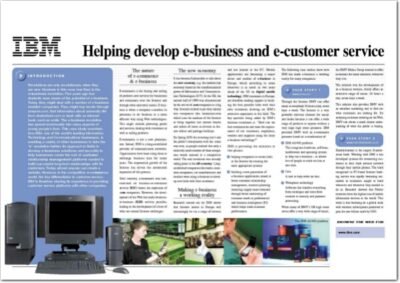 Helping develop e-business and e-customer service (PDF)
Helping develop e-business and e-customer service (PDF)  Targeting sponsorship within a specialist market niche (PDF)
Targeting sponsorship within a specialist market niche (PDF) 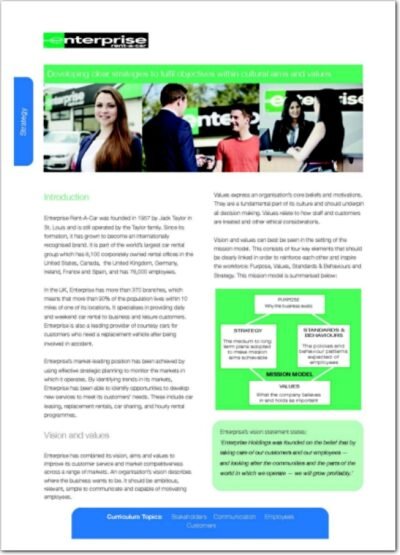 Developing clear strategies to fulfil objectives within cultural aims and values (PDF)
Developing clear strategies to fulfil objectives within cultural aims and values (PDF)  Adding value through health and safety (PDF)
Adding value through health and safety (PDF) 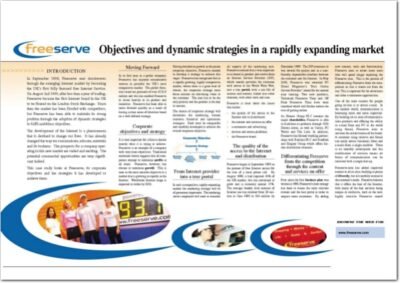 Objectives and dynamic strategies in an expanding market (PDF)
Objectives and dynamic strategies in an expanding market (PDF) 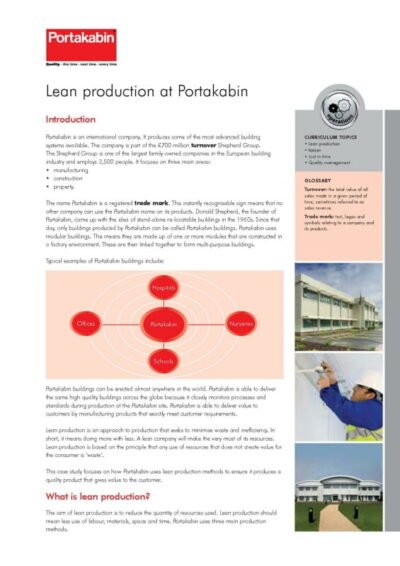 Lean production at Portakabin (PDF)
Lean production at Portakabin (PDF) 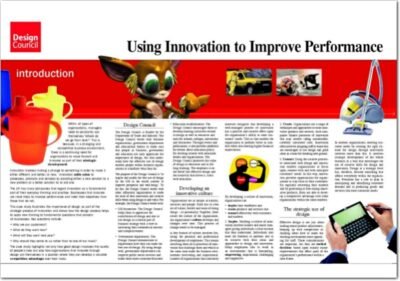 Using innovation to improve performance (PDF)
Using innovation to improve performance (PDF) 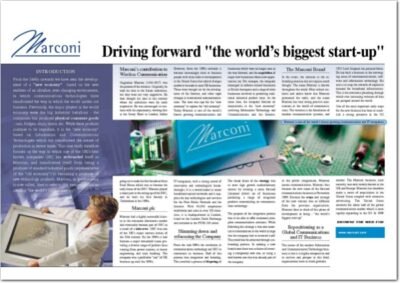 Driving forward a business start-up (PDF)
Driving forward a business start-up (PDF) 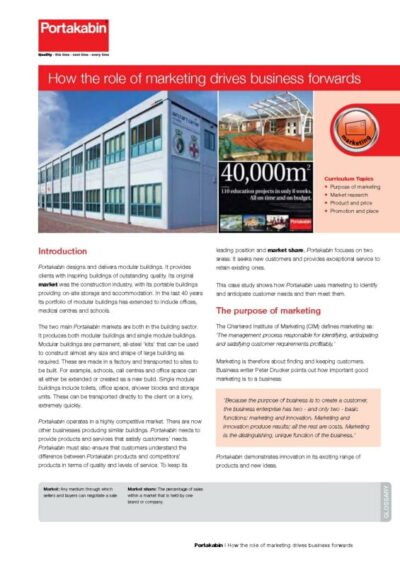 How the role of marketing drives business forwards (PDF)
How the role of marketing drives business forwards (PDF) 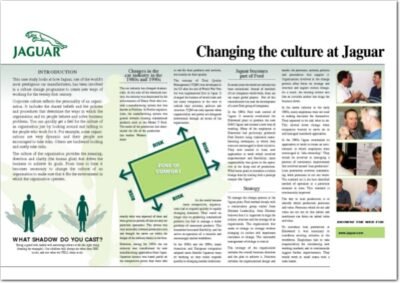 Changing the culture at Jaguar (PDF)
Changing the culture at Jaguar (PDF) 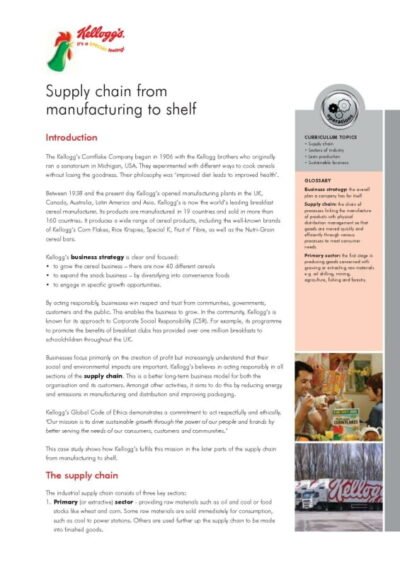 Supply chain from manufacturing to shelf (PDF)
Supply chain from manufacturing to shelf (PDF) 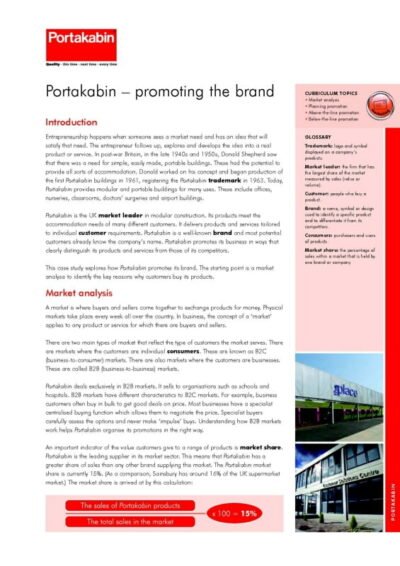 Promoting the brand (PDF)
Promoting the brand (PDF) 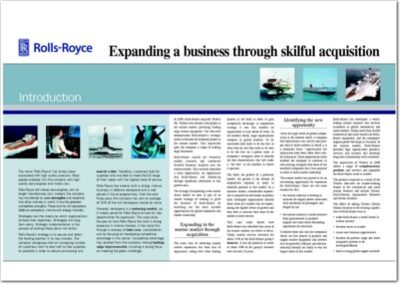 Expanding a business through skilful acquisition (PDF)
Expanding a business through skilful acquisition (PDF) 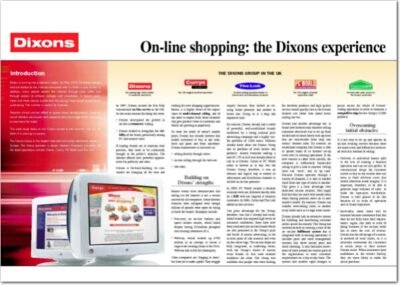 On-line shopping (PDF)
On-line shopping (PDF) 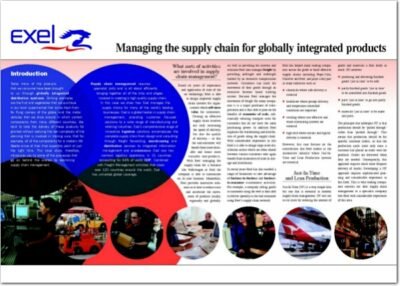 Managing the supply chain for globally integrated products (PDF)
Managing the supply chain for globally integrated products (PDF)  Creating world class performance in a Jaguar assembly plant (PDF)
Creating world class performance in a Jaguar assembly plant (PDF) 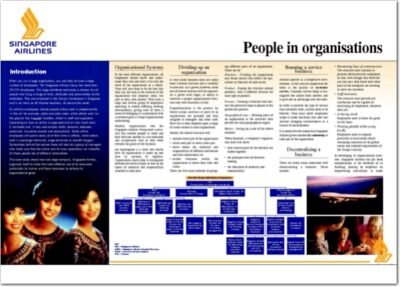 People in organisations (PDF)
People in organisations (PDF) 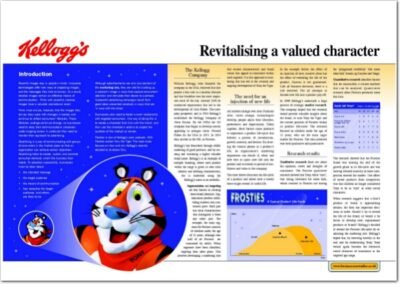 Revitalising a valued character (PDF)
Revitalising a valued character (PDF) 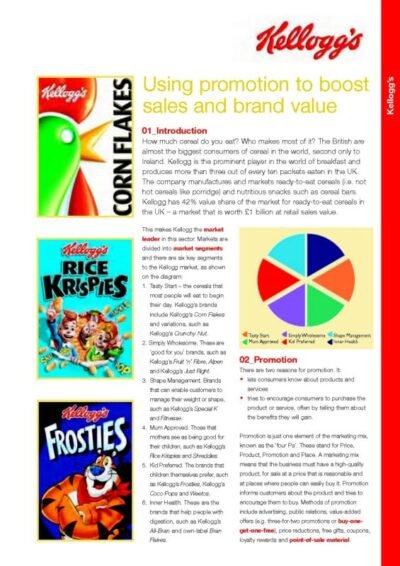 Using promotion to boost sales and brand value (PDF)
Using promotion to boost sales and brand value (PDF)  Building a brand in order to sustain its life cycle (PDF)
Building a brand in order to sustain its life cycle (PDF) 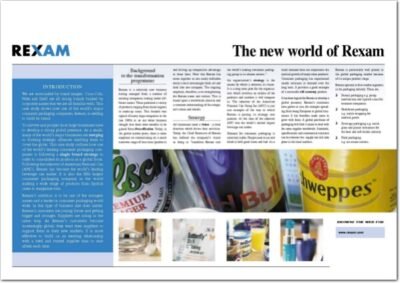 The new world of Rexam (PDF)
The new world of Rexam (PDF) 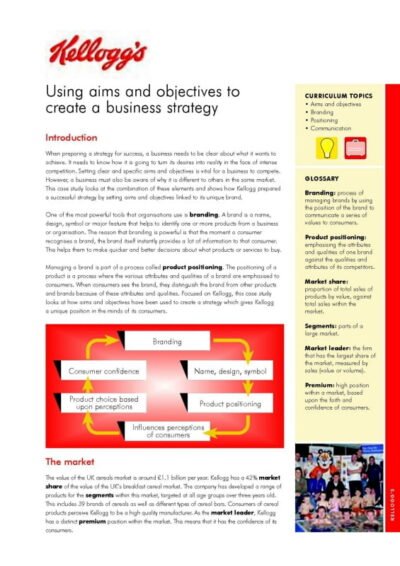 Using aims and objectives to create a business strategy (PDF)
Using aims and objectives to create a business strategy (PDF) 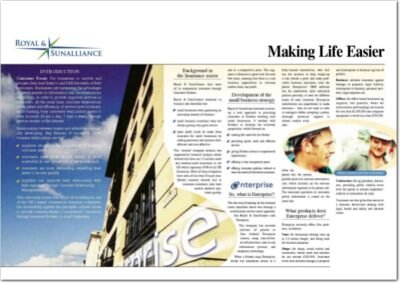 Making life easier (PDF)
Making life easier (PDF) 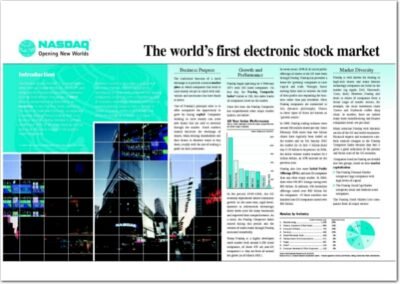 The first electronic stock market (PDF)
The first electronic stock market (PDF)  Developing responsiveness through organisational structure (PDF)
Developing responsiveness through organisational structure (PDF) 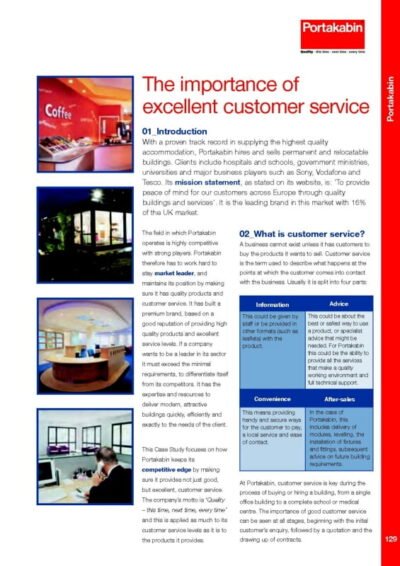 The importance of excellent customer service (PDF)
The importance of excellent customer service (PDF) 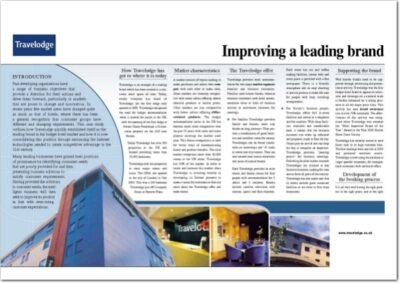 Improving a leading brand (PDF)
Improving a leading brand (PDF) 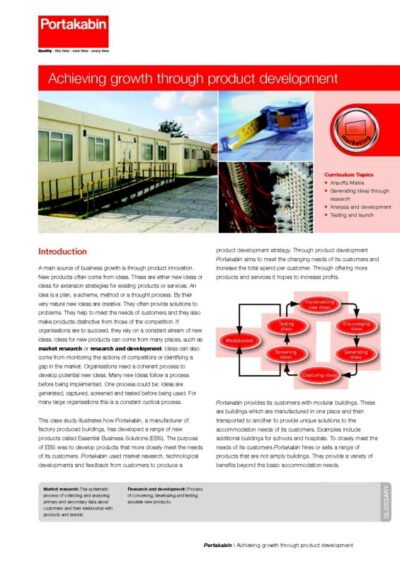 Achieving growth through product development (PDF)
Achieving growth through product development (PDF) 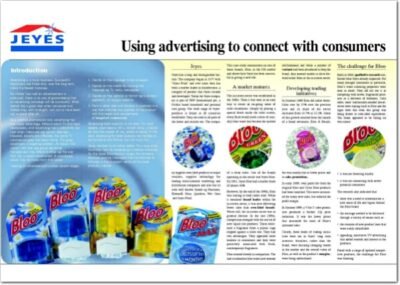 Using advertising to connect with consumers (PDF)
Using advertising to connect with consumers (PDF) 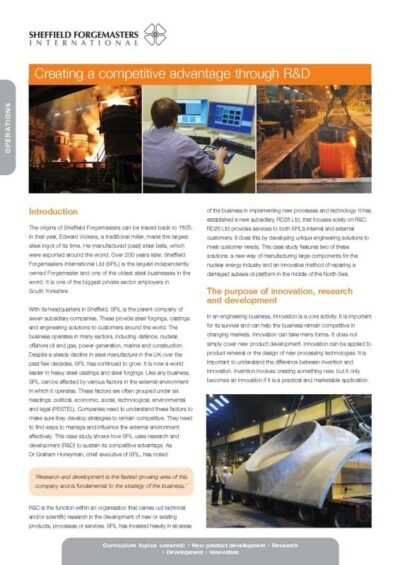 Creating a competitive advantage through R&D (PDF)
Creating a competitive advantage through R&D (PDF) 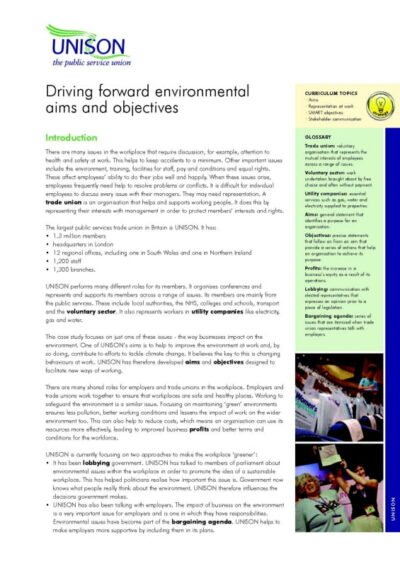 Driving forward environmental aims and objectives (PDF)
Driving forward environmental aims and objectives (PDF) 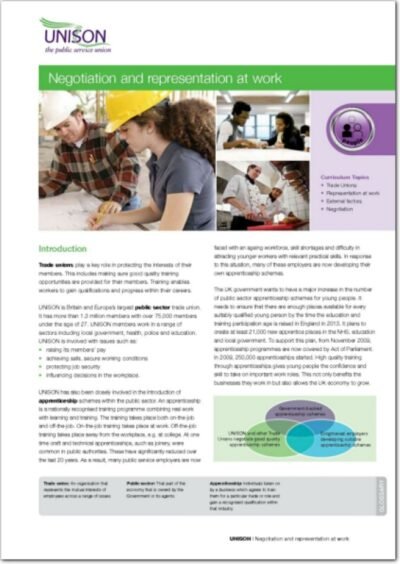 Negotiation and representation at work (PDF)
Negotiation and representation at work (PDF) 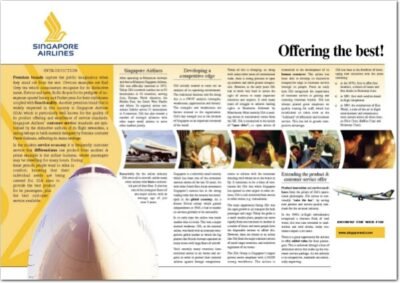 Developing a competitive edge (PDF)
Developing a competitive edge (PDF) 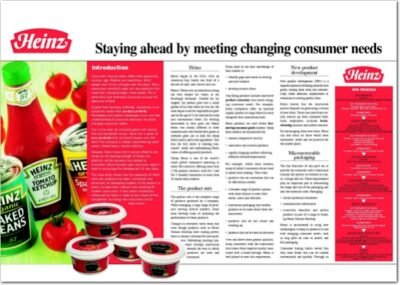 Staying ahead by meeting changing consumer needs (PDF)
Staying ahead by meeting changing consumer needs (PDF) 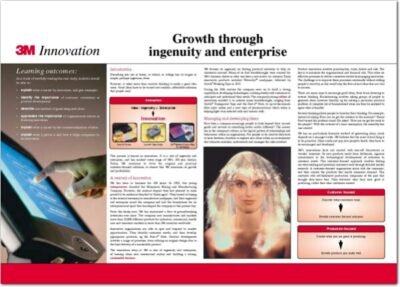 Growth through ingenuity and enterprise (PDF)
Growth through ingenuity and enterprise (PDF) 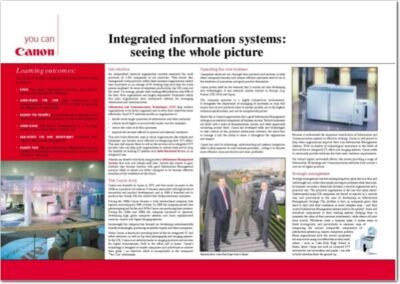 Integrated information systems: seeing the whole picture (PDF)
Integrated information systems: seeing the whole picture (PDF) 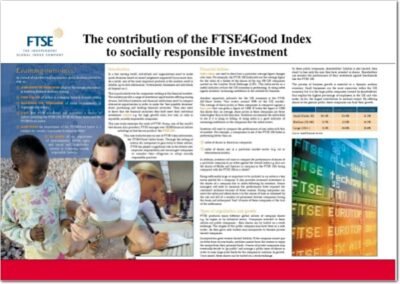 The contribution of the FTSE4Good Index to socially responsible investment (PDF)
The contribution of the FTSE4Good Index to socially responsible investment (PDF) 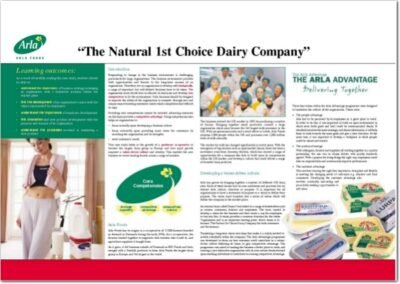 The Natural 1st Choice Dairy Company (PDF)
The Natural 1st Choice Dairy Company (PDF)  Organisations and unions (PDF)
Organisations and unions (PDF) 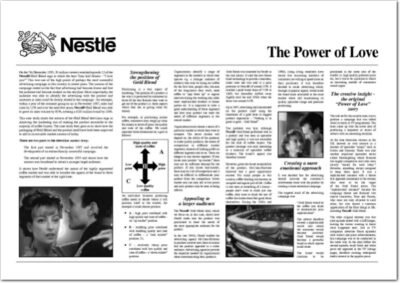 The power of love (PDF)
The power of love (PDF)  Creating shared value in the supply chain (PDF)
Creating shared value in the supply chain (PDF) 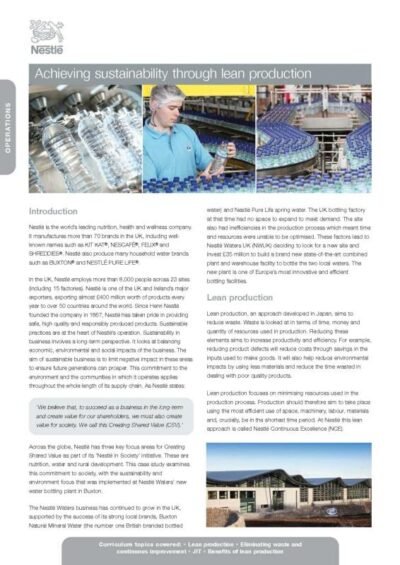 Achieving sustainability through lean production (PDF)
Achieving sustainability through lean production (PDF)  Health & Safety in the modern workplace (PDF)
Health & Safety in the modern workplace (PDF) 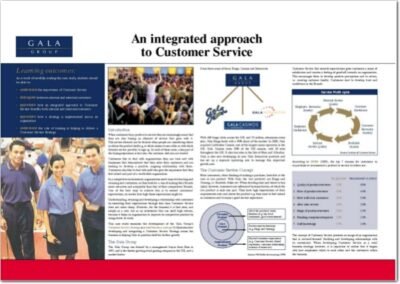 An integrated approach to Customer Service (PDF)
An integrated approach to Customer Service (PDF) 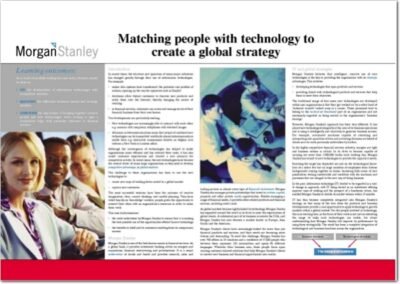 Matching people with technology to create a global strategy (PDF)
Matching people with technology to create a global strategy (PDF) 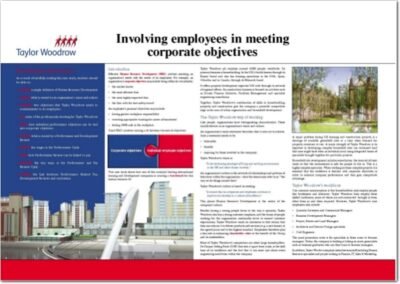 Involving employees in meeting corporate objectives (PDF)
Involving employees in meeting corporate objectives (PDF) 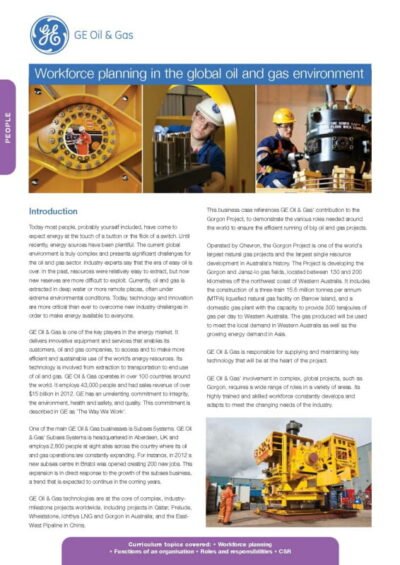 Workforce planning in the global oil and gas environment (PDF)
Workforce planning in the global oil and gas environment (PDF)  Supporting superbrands: the role of high-tech suppliers (PDF)
Supporting superbrands: the role of high-tech suppliers (PDF) 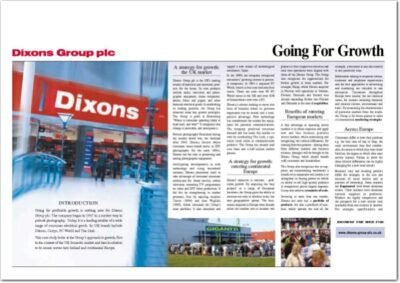 Going for growth (PDF)
Going for growth (PDF) 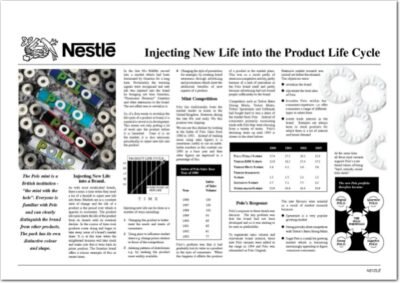 Injecting new life into the product life cycle (PDF)
Injecting new life into the product life cycle (PDF)  Stakeholder engagement (PDF)
Stakeholder engagement (PDF) 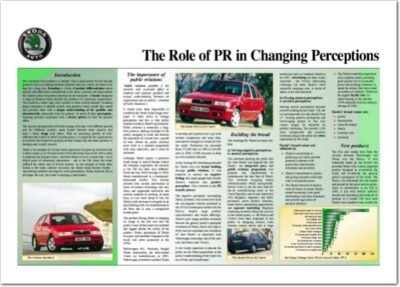 The role of PR in changing perceptions (PDF)
The role of PR in changing perceptions (PDF) 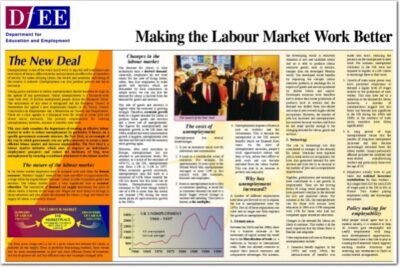 Making the labour market work better (PDF)
Making the labour market work better (PDF) 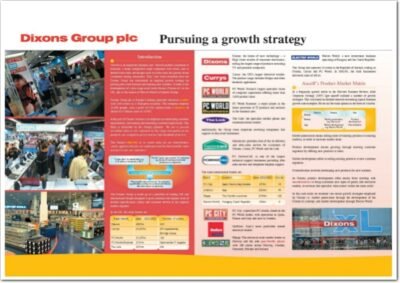 Pursuing a growth strategy - Dixons Group (PDF)
Pursuing a growth strategy - Dixons Group (PDF) 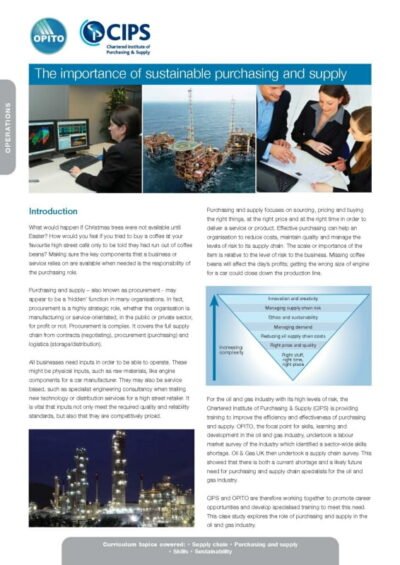 The importance of sustainable purchasing and supply (PDF)
The importance of sustainable purchasing and supply (PDF) 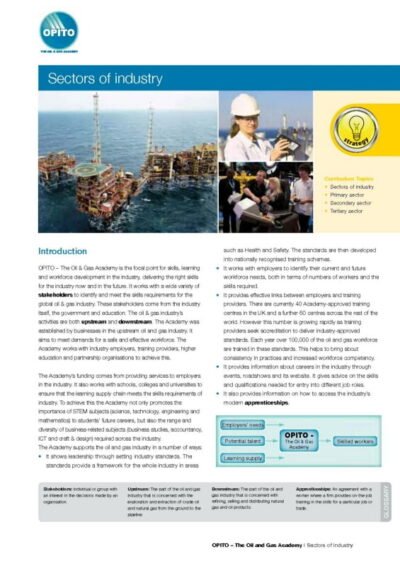 Sectors of industry (PDF)
Sectors of industry (PDF) 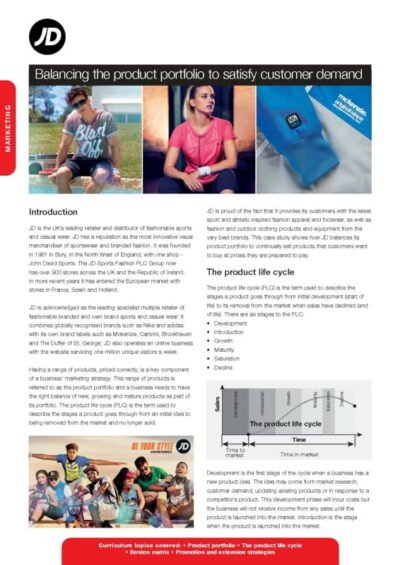 Balancing the product portfolio to satisfy customer demand (PDF)
Balancing the product portfolio to satisfy customer demand (PDF) 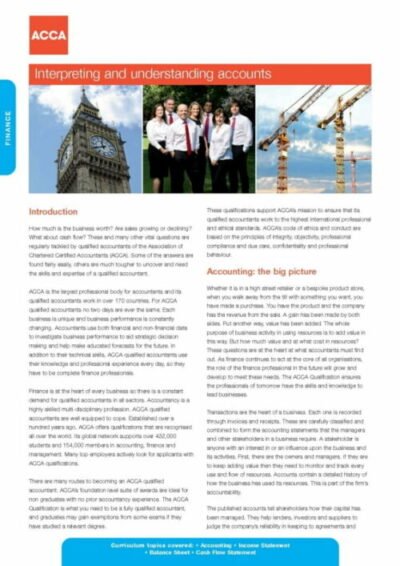 Interpreting and understanding accounts (PDF)
Interpreting and understanding accounts (PDF)  UNISON and unions' wider role (PDF)
UNISON and unions' wider role (PDF) 